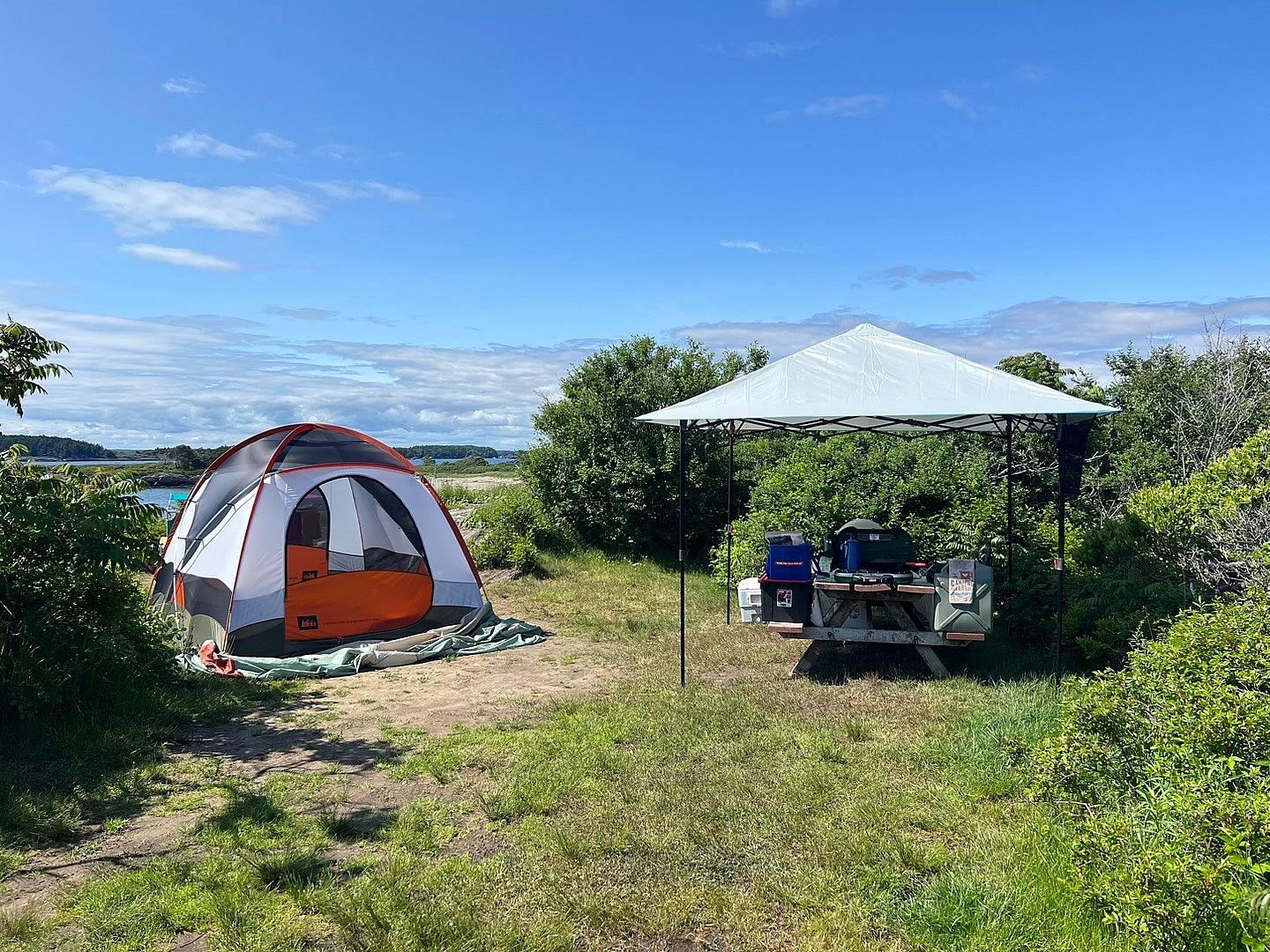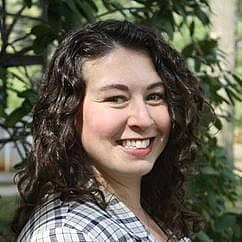What I love about camping isn’t just the camping itself, it’s the lead up. It’s selecting the site, expertly crafting the cooler friendly grocery list, and in my case, it’s also climbing into the stifling attic to sweat it out, while carefully handing down each camping necessity to my husband, standing at the base of the narrow ladder steps. It’s a process, but that’s the way it has to be done.
Selecting the site itself is a challenge, not because there are so many good ones to choose from, but because there are so few that meet my specific criteria. I need trees. I don’t want to see my neighbors–at least not too closely. The bathroom (if there is one!) can’t be too nearby, or I might be subject to the perpetual swinging and slamming of the door each time a fellow camper needs to answer the call. Lastly, the site needs some sort of defining feature–a stream close enough that I hear it gurgling quietly while I read my book in the afternoon, or, perhaps a large rock, perfect for perching my muddy hiking boots on, or for stretching out my beach towel to dry in the sun after a swim.
If you are lucky enough to arrive at the campground with all that you intended to bring, then it simply becomes a game of maintaining order. This requires systems to be in place. A system in the car is essential to keep milk crates full of flashlights and citronella candles from toppling over on to the dry goods box, holding delicate possessions, like hot dog buns and unopened bags of pita chips. There must be an established system when it comes to removing and replacing items in the coolers in order to maintain the balance between ice blocks, half gallons of oj, and condiments slick with ever-present condensation. And whatever you do, don’t put that hummus back without putting it in a Zip-Lock bag first; water-logged chickpea paste just isn’t as good on the splintered corner of what once might have been called a pita chip.
To me, camping is the ultimate planning sport, but it also requires skillful execution and flexibility. It’s not enough to bring it all with you, instead you must create your woodland home away from home in a way that promotes functionality, ease of access, and a space for you to ultimately relax and enjoy all the things about camping that make the long and sometimes laborious process worth it.
As a special education classroom teacher, I fully embraced a similarly involved planning process. I created a learning environment that promoted comfort and encouraged conversation, selected topics I knew my students would engage with, designed activities centered around developing skills and understanding, anticipated possible problems and proactively found solutions, all while remaining flexible enough to be a “happy camper” even when things didn’t go exactly as planned.
At McMillan, I also lean into the process of finding the right “fit” for students and families. It’s not enough for a student to show up somewhere and learn; there is significant preparation. There is consideration for the setting, the resources and accommodations available, the possible obstacles, and the support systems in place. All of this work is done in order to find a place where students can be academically successful, but more importantly, a place where they can find happiness. Finding that “fit” may seem arduous for students and families at times, but just as it is with camping, the proper planning and process make it all possible.


